Replace Face
![]()
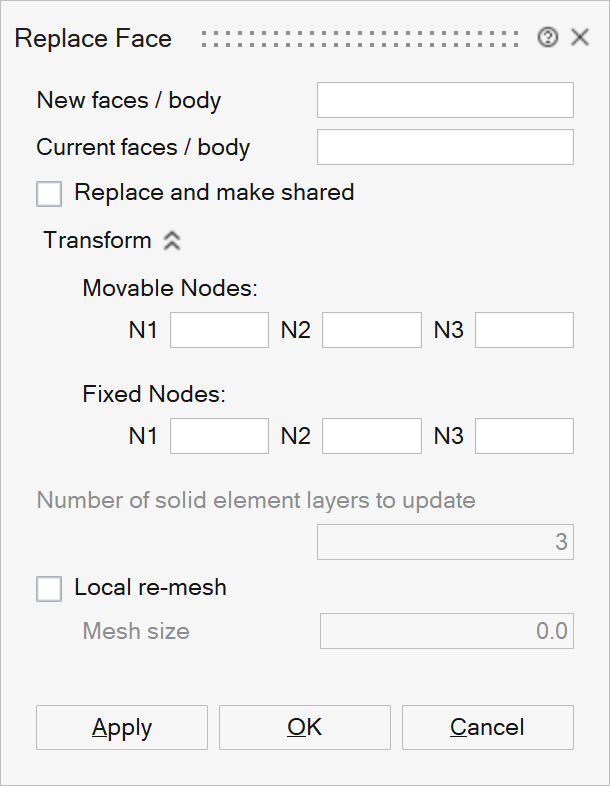
This is used to replace new faces in a shell or solid body. Input for current mesh can be a body or faces.
In the case of current body input, it will automatically identify the region to be replaced and replace it by the given new faces. Matching boundary edges for the new faces on the current body is not mandatory.
In the case of current face input, the boundary edges between the new and current faces should match.
- Replace and make shared
This option will make the new faces shared with current body. This is mainly used for Hex to Tet transition mesh creation. First quad mesh face of Hex meshed body is connected to Tri meshed body and then Tri meshed body is Tet meshed with Pyramid transition.
Note:- It will work only when new faces and current body are given as input.
- Current body should be a Tri meshed body.
- Transform
If the new faces need to be positioned before replace, then select three nodes from the new (movable) and current (fixed) mesh.
- Number of solid element layers to update
The given number of solid element layers connected to the current faces will get modified with the replace operation. If the geometry of the new faces doesn't match with the current faces, then the solid elements to be modified will get identified automatically.
- Local re-mesh
Turn this toggle ON and set the mesh size to re-mesh the affected current body face mesh along the boundary edges of the new faces. This option is available only for body input
Example: Current Body
Input
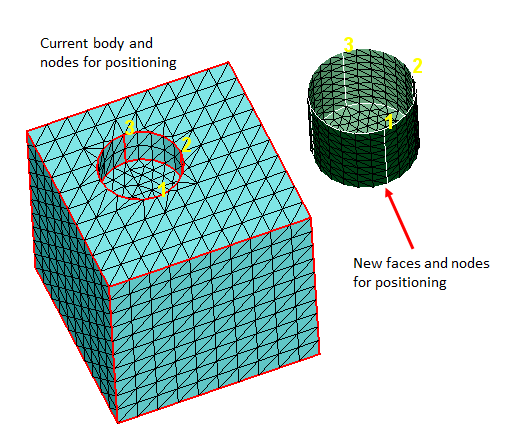
Output
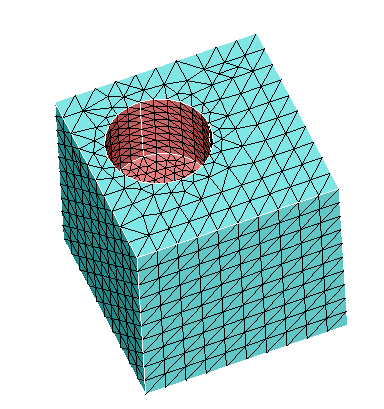
Example : Current Faces
Input
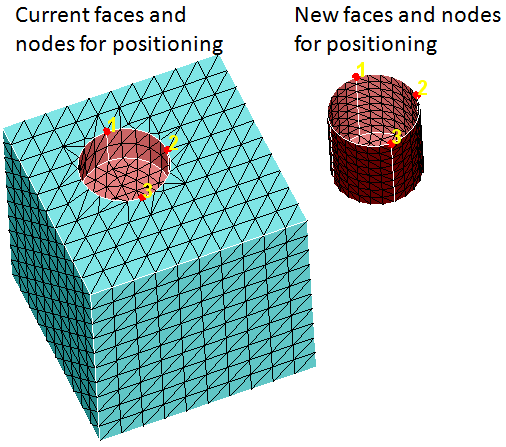
Output
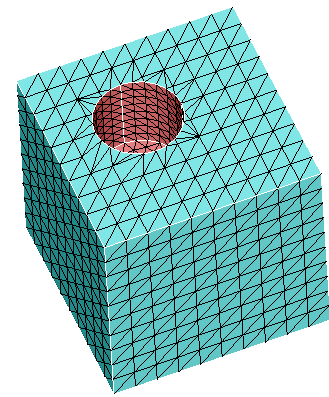
Replace face on Boundary Layer mesh
When input faces are connected to the boundary layer mesh (Prism or Wedge), Boundary Layer mesh is re-created on the new replaced faces.
New Faces – Current Faces
Example - 1

Example - 2
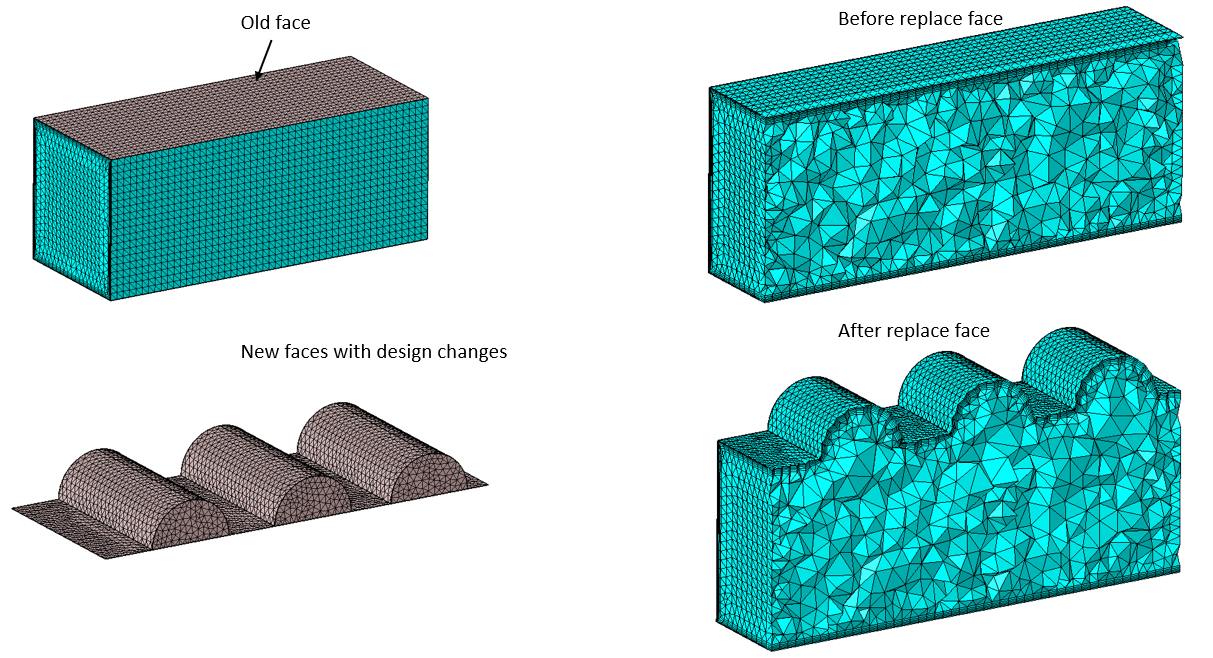
- Boundary layers on new faces is generated using constant growth method (Refer CFD Mesh dialog).
- Replace face is supported only for face-based input.
- Replace face is supported only on wedge boundary layers.
- New and old faces boundary edges should match topologically.